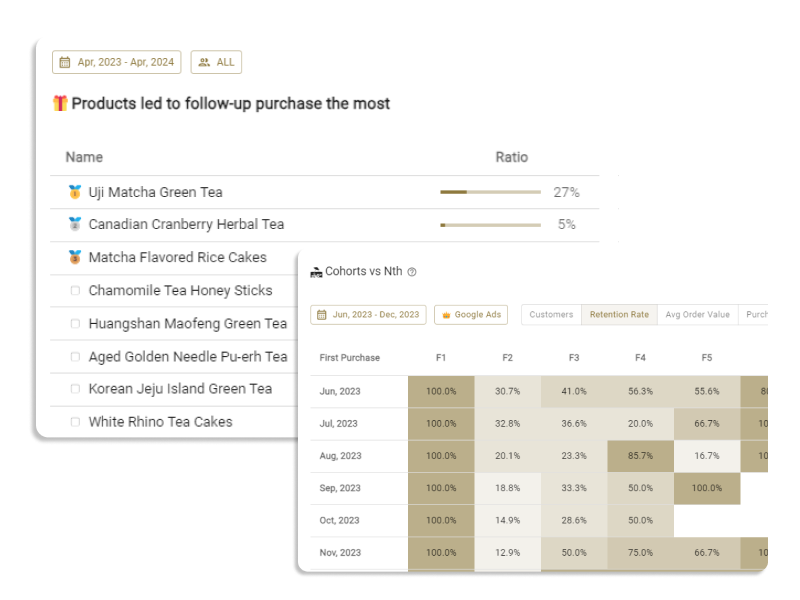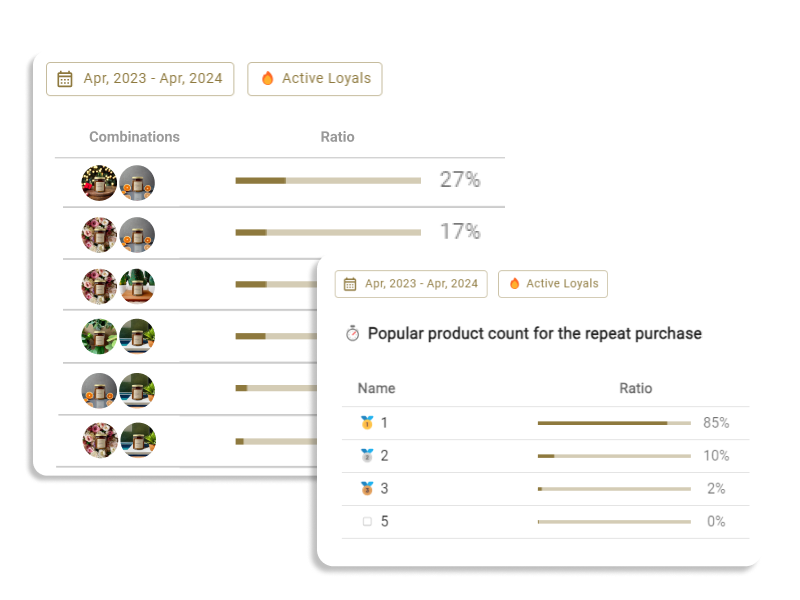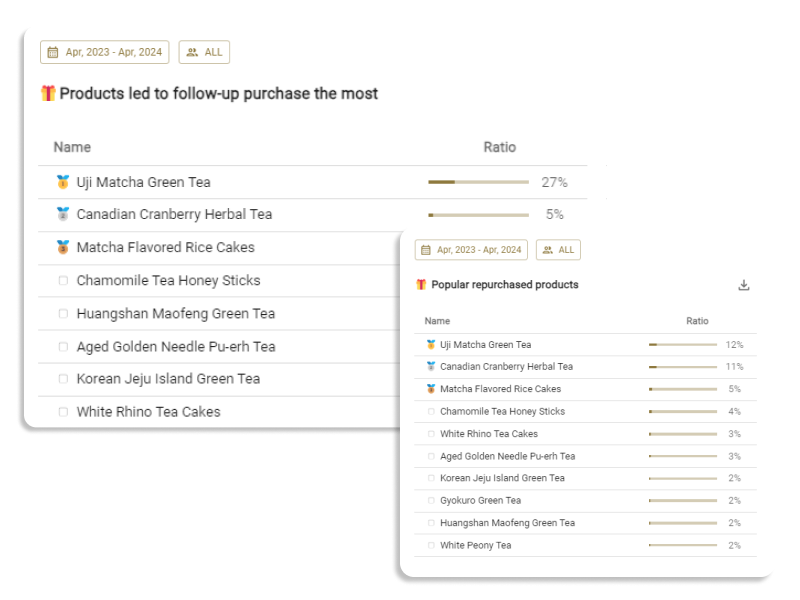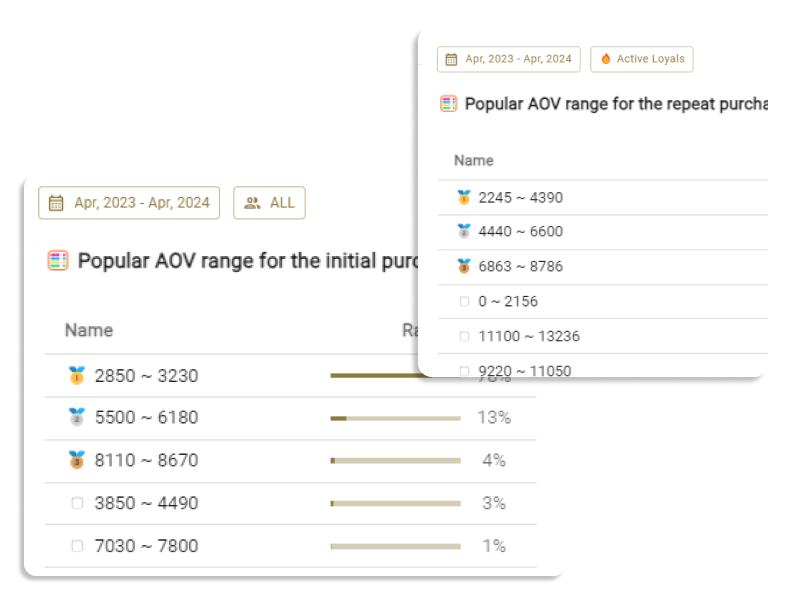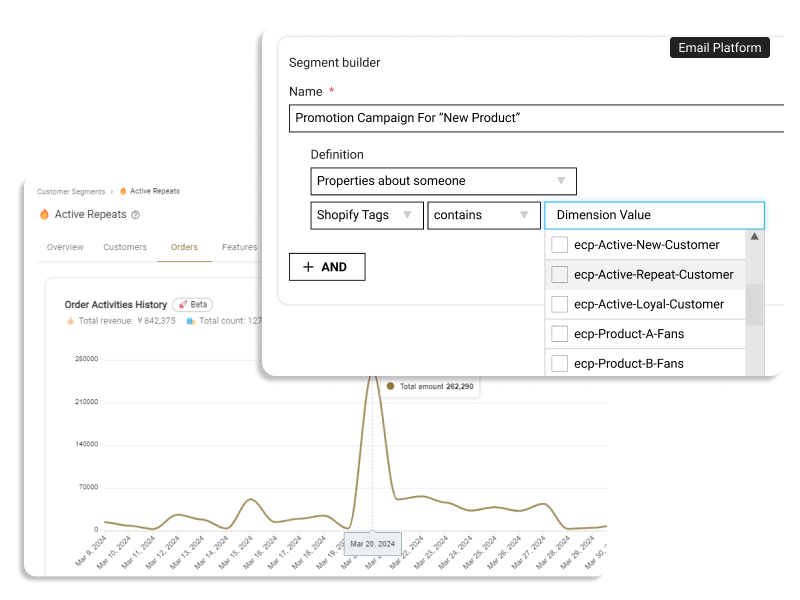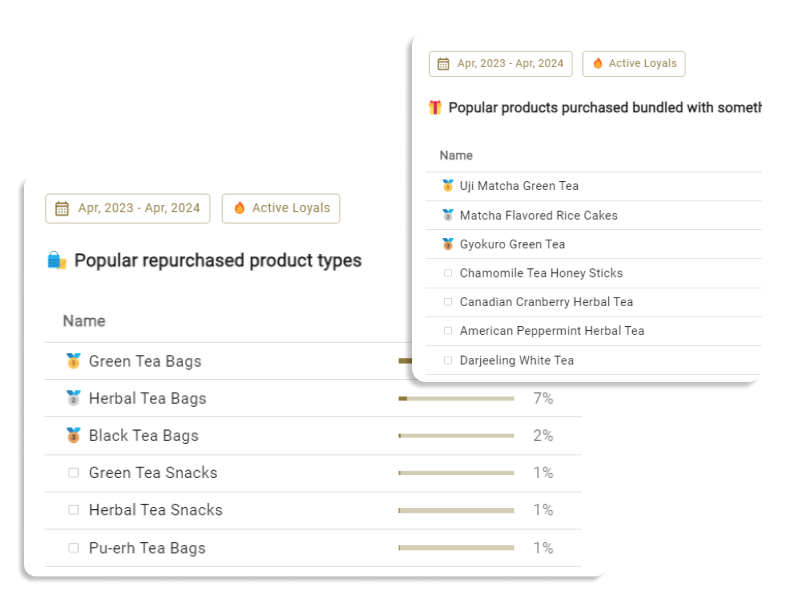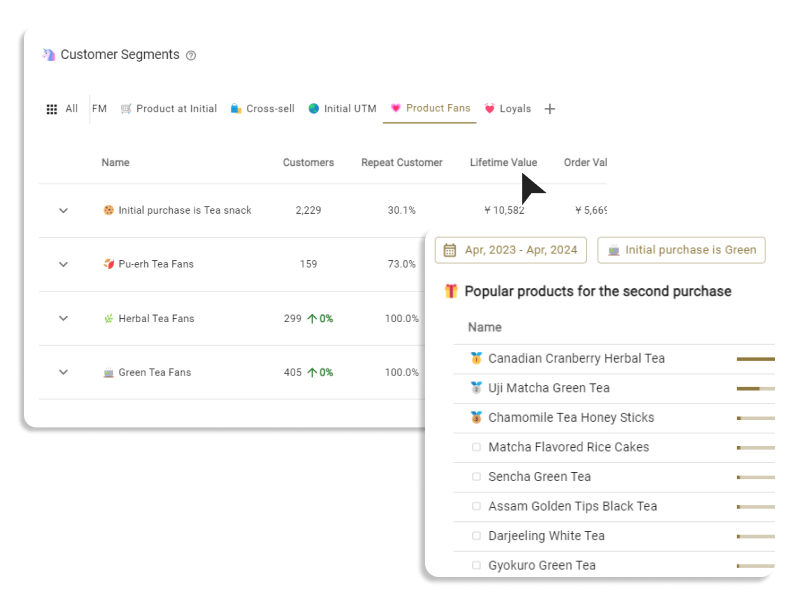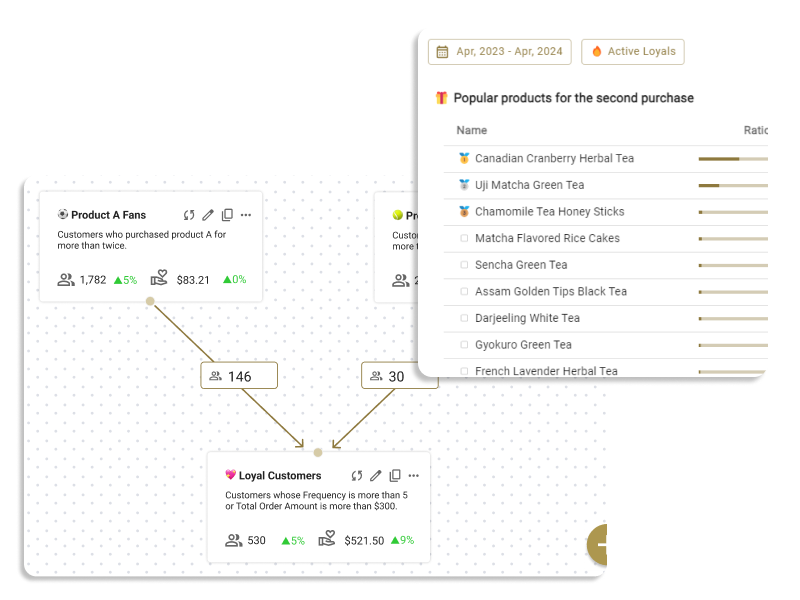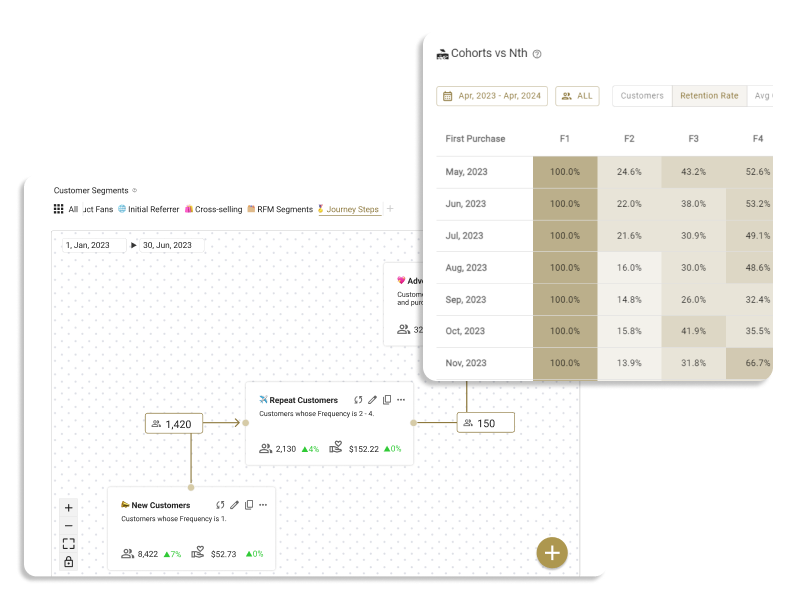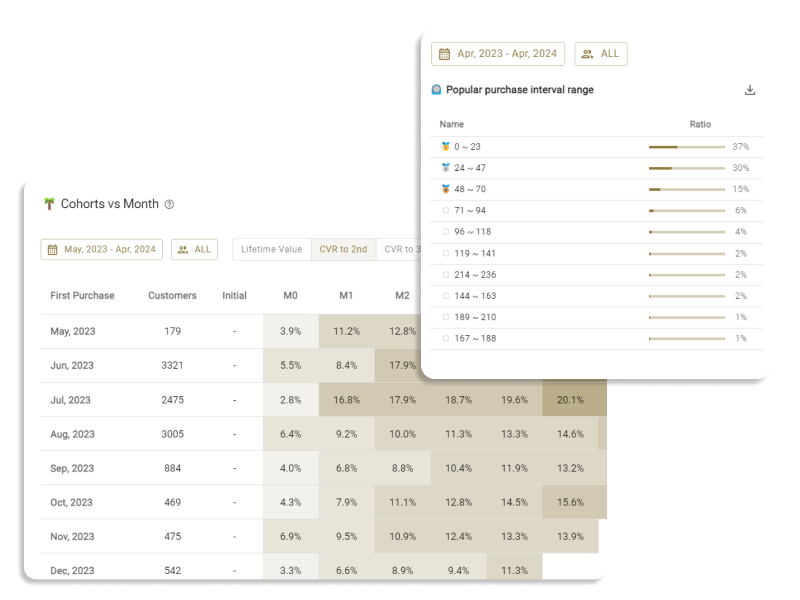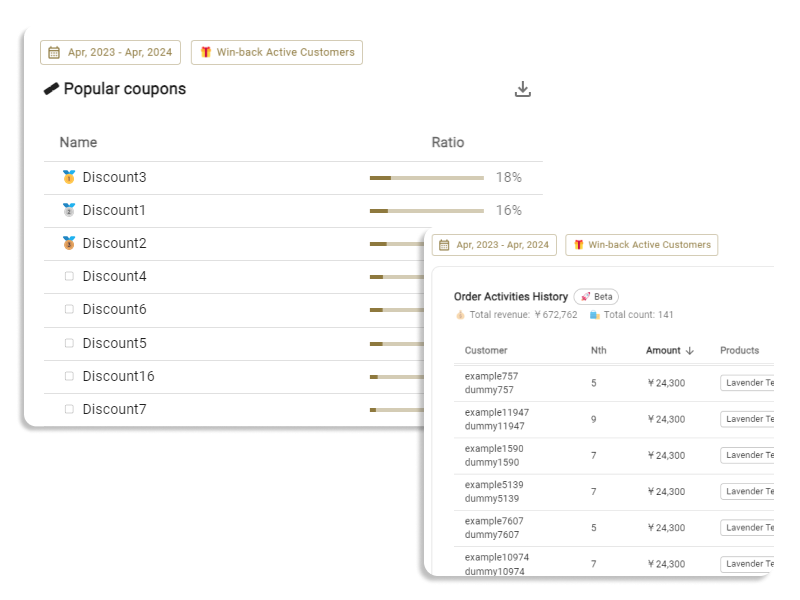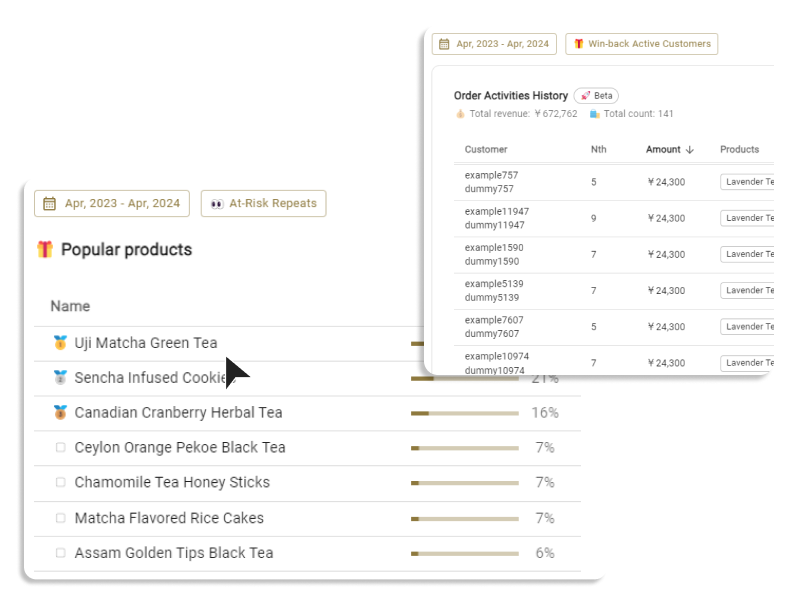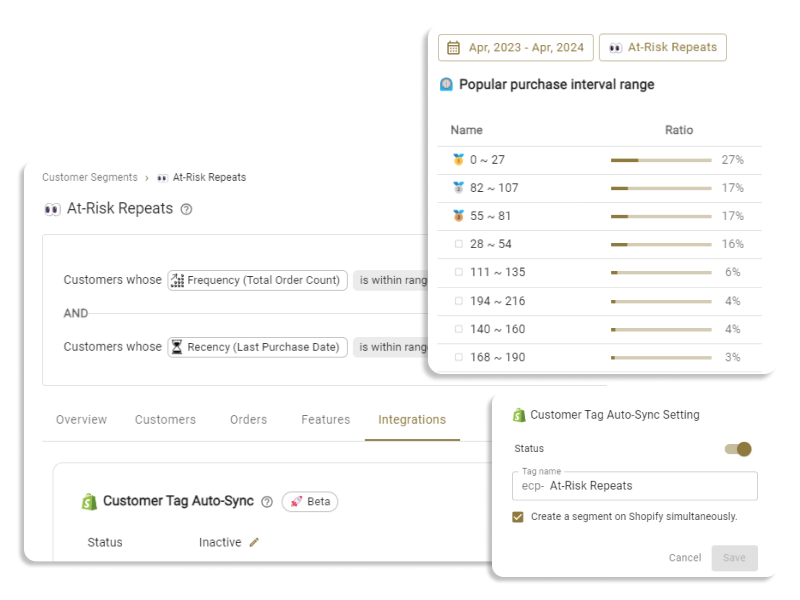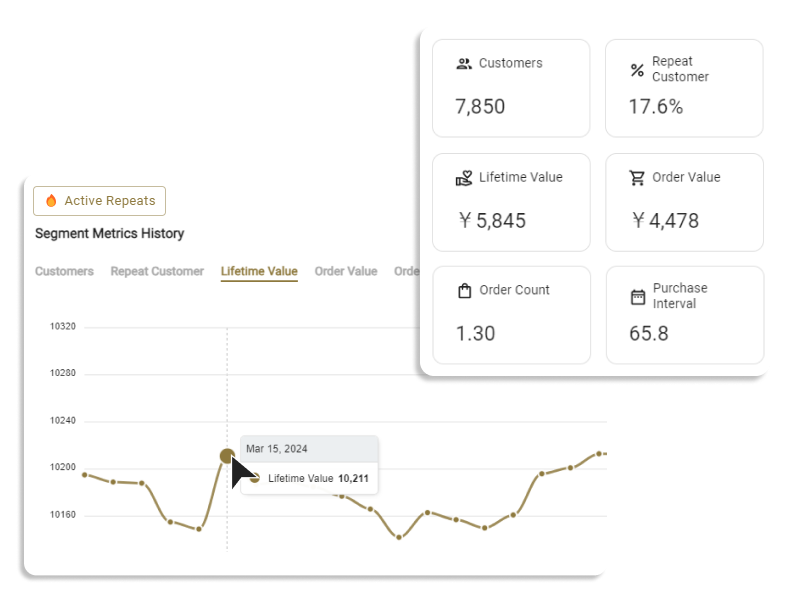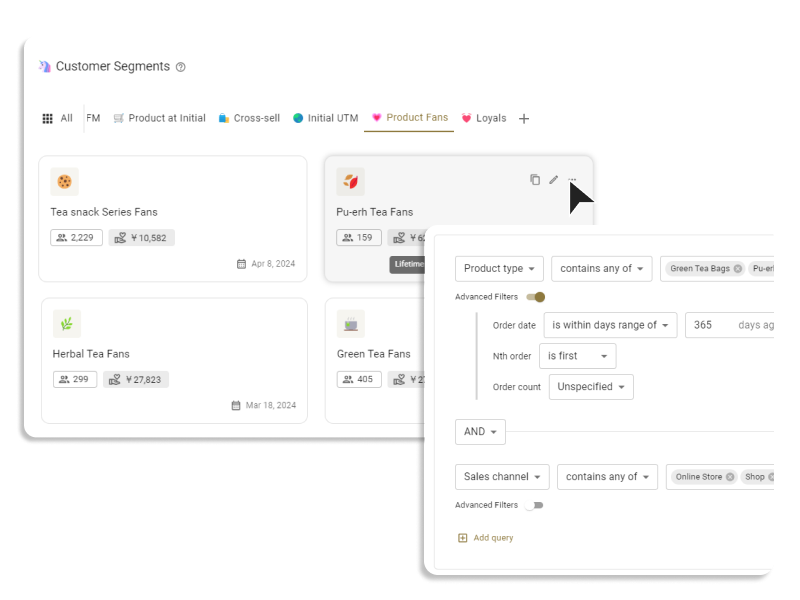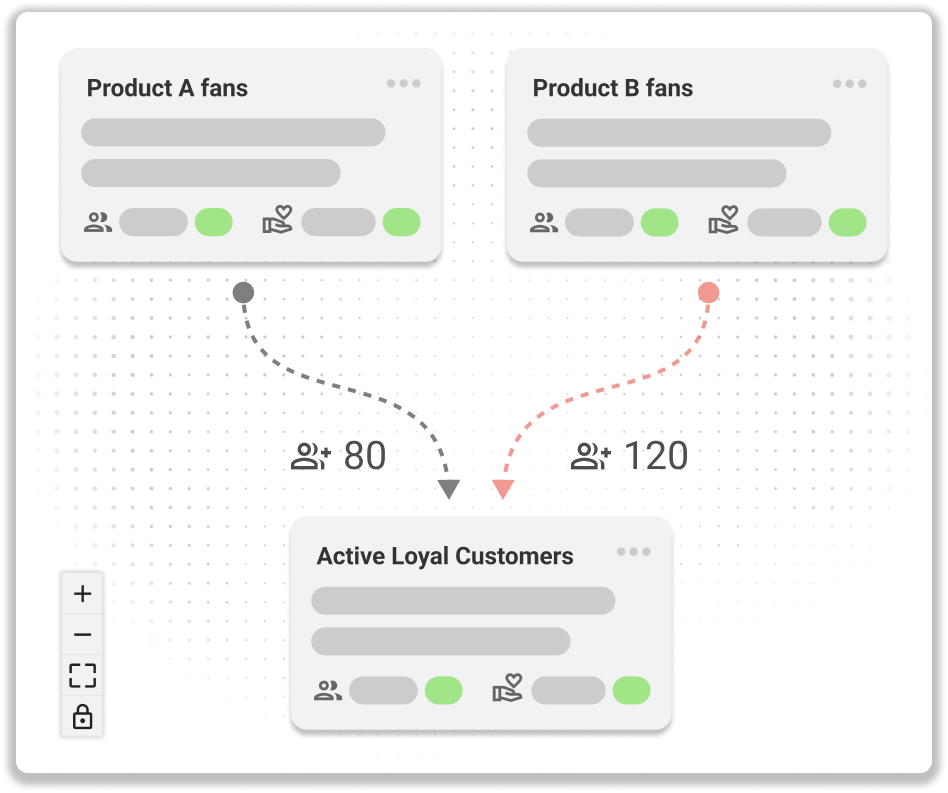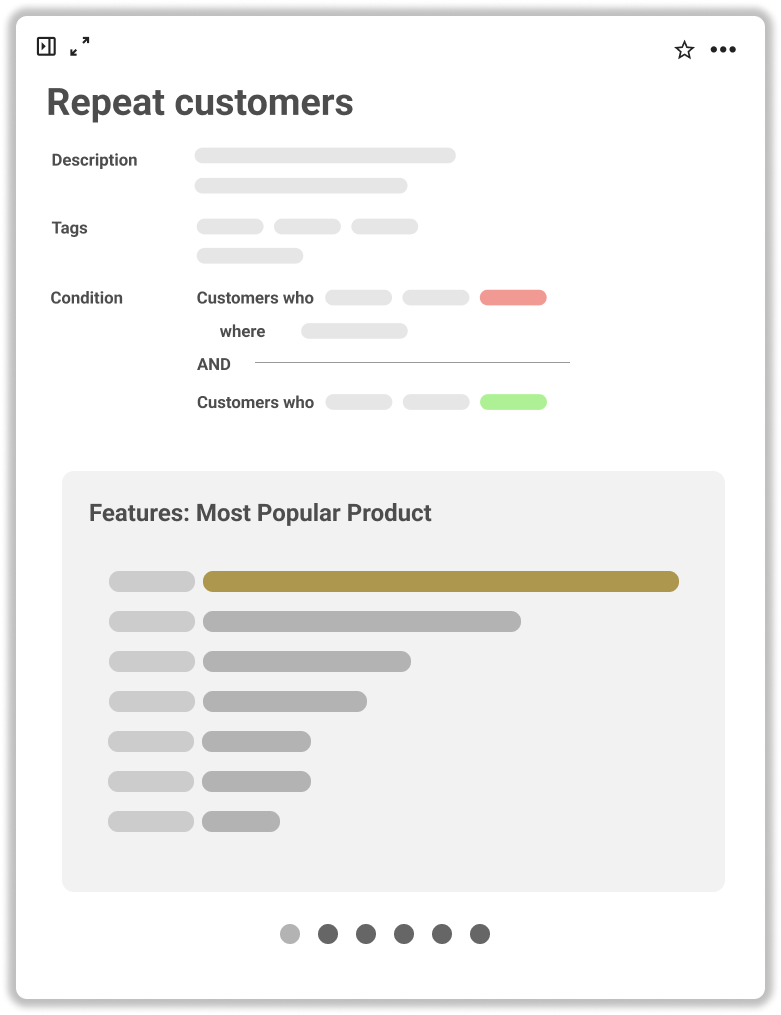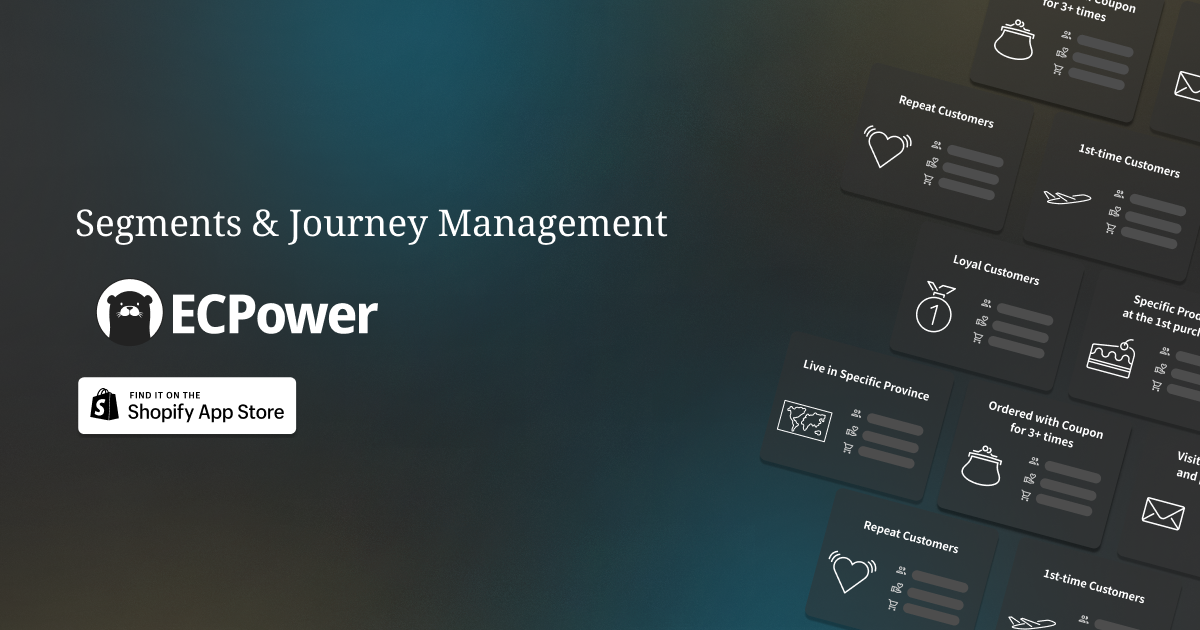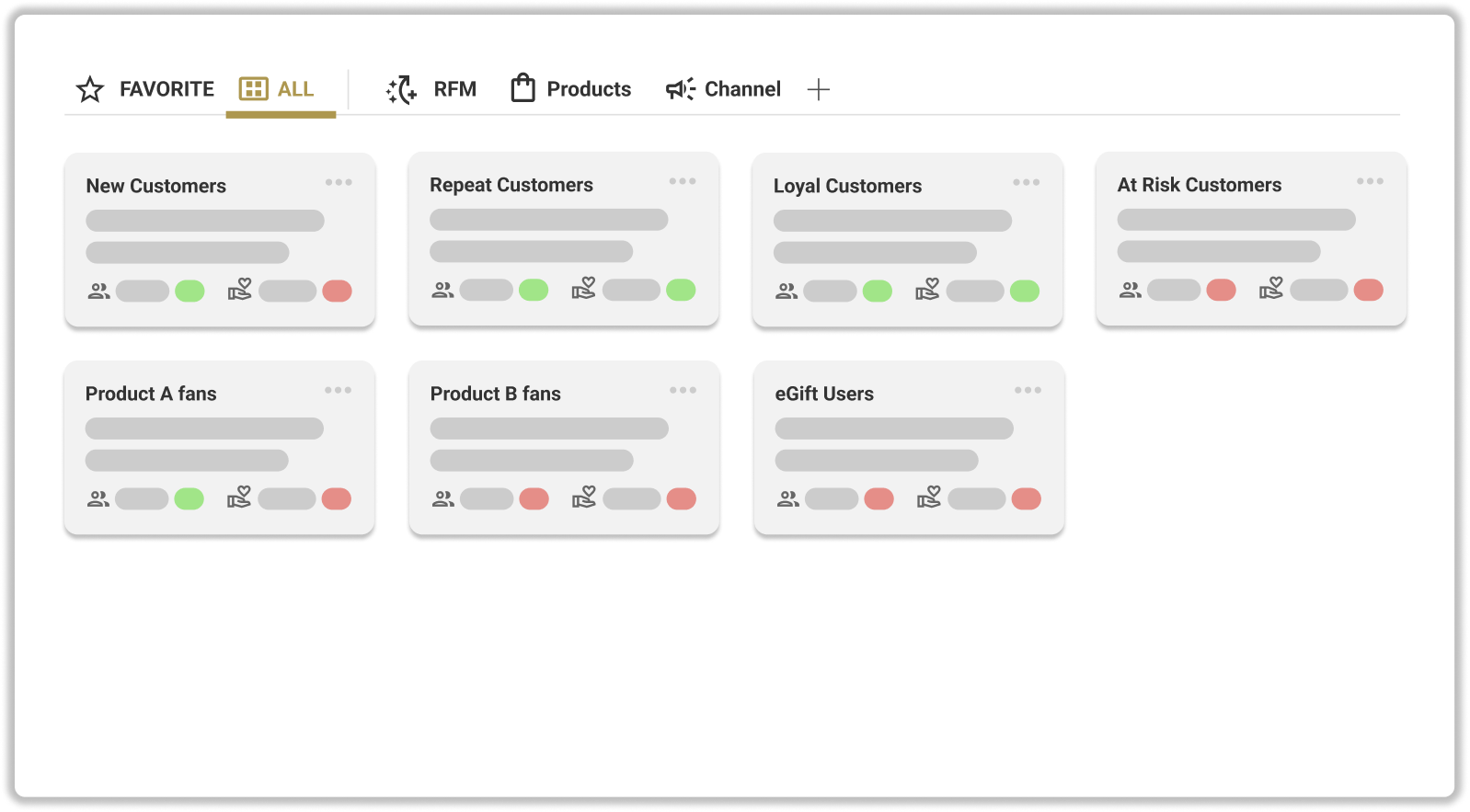Understanding the intricacies of how customers place orders can significantly enhance your marketing strategies and customer service efforts. ECPower's "Popular Order Tags" insights provide a detailed look at the order preferences and behaviors across your Shopify store, helping to refine your approach to meet customer needs effectively.
What Are 'Order Tags'?
Order tags in Shopify are labels assigned to each order to classify them based on certain criteria. These tags can be set manually through Shopify Flow or automatically via prebuilt Shopify functionality. Additionally, third-party apps such as subscription services or gift ordering platforms often use tags to denote specific features or behaviors associated with an order.
Detailed Insights from the "Order Tags" Report
🏷️ Popular Order Tags
This section of the report lists the most common order tags used across your store, offering insights into overall customer preferences and behaviors. The popularity of each tag is quantified by customer counts and their ratio relative to the total segment member count, providing a clear view of widespread trends and niche demands.
🏷️ Popular Order Tags for the Initial Purchase
Understanding the tags associated with initial purchases helps identify what drives new customers to your store. This analysis details which features or services attract first-time buyers, such as gift wrapping, special discounts, or express shipping.
🏷️ Popular Order Tags for the Second Purchase
This part of the report focuses on what keeps customers coming back. By examining the order tags associated with second purchases, you can gain insights into what changes or continues from their initial buying experience.
🏷️ Popular Order Tags for the Repeat Purchases
Revealing the patterns in repeat purchasing behaviors through order tags can highlight long-term trends and loyalty triggers. This section helps you understand which aspects of your service or product range encourage ongoing customer engagement.
🏷️ Popular Order Tags for the Latest Purchases
By analyzing the tags associated with the most recent purchases, this report section provides up-to-date insights into current customer behavior and emerging trends. This information is crucial for adapting your strategies in real-time to meet the evolving needs of your market.
Why 'Popular Order Tags' Insights Matter
Order tags hold valuable data on how orders are placed, reflecting customer intentions and preferences. Whether identifying orders tagged as gifts, which can indicate a referral potential, or spotting trends in subscription sign-ups, these insights are pivotal. Understanding these nuances allows you to tailor your marketing and operational strategies effectively:
- Gift Orders: Analyzing 'gift' tags helps understand how your products are being shared by loyal customers with potential new customers, possibly during specific seasons or promotions.
- Subscription Trends: If you offer subscription options, knowing which segments predominantly choose this can guide your retention strategies and promotional efforts.
Use Cases - Recommended Segment Filters
- Segments Based on Needs or Preferences: Examining how purchasing methods vary by customer needs can reveal opportunities to customize your marketing and product offerings to better align with specific customer groups.
- Repeat or Loyal Customer Segments: Investigating whether the purchasing methods provided are fostering loyalty, and uncovering any untapped insights that could enhance customer retention.
By leveraging the "Popular Order Tags" insights provided by ECPower, Shopify store owners can gain a deep understanding of customer order preferences and behaviors, enhancing the ability to strategically engage and satisfy their market segments. This tailored approach not only improves customer experience but also boosts overall business performance.


